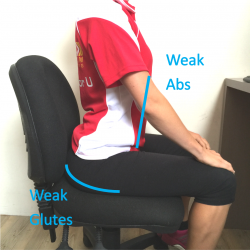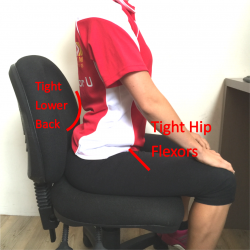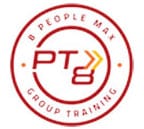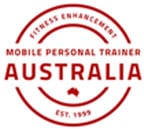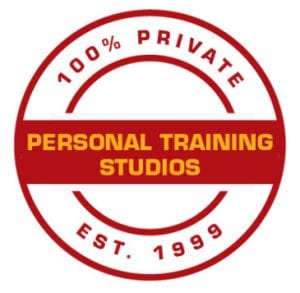Lower back injury and chronic pain is a common complaint. Over time long periods of sitting can cause overly tight lower back muscles and poor posture, increasing risk of injury. Because of it’s position and role in certain movements, the lower back is subject to injury while lifting heavy objects, twisting, or sudden movements. There are some simple steps you can take to help reduce your likelihood of injury. In addition to following manual handling guidelines when lifting and moving heavy items, you should think about correcting poor posture, strengthening weak muscles and stretching tight muscles to keep your lower back healthy and well supported. Try these simple steps:
Correct your posture
Long periods of sitting create short, tight muscles in the hip flexors and lower back, with lengthened, weak muscles in the glutes and abdominals. When sitting for long periods set an alarm to remind yourself to sit up straight and tilt your pelvis back, and plan to get up and walk around at least once an hour.
Strengthen weak muscles:
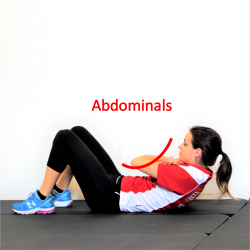 Abdominals. Strong core muscles are important to provide support for the lower back. While the lower back muscles can be overly tight, the opposing abdominal muscles can become lengthened and weak. Include some gentle crunches with your pelvis tilted backwards and deep core muscles engaged throughout the movement. Curl up through your spine.
Abdominals. Strong core muscles are important to provide support for the lower back. While the lower back muscles can be overly tight, the opposing abdominal muscles can become lengthened and weak. Include some gentle crunches with your pelvis tilted backwards and deep core muscles engaged throughout the movement. Curl up through your spine.
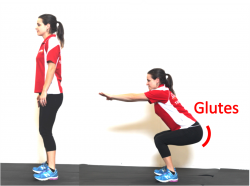 Glutes/hip extensors. When your hip flexors are overly tight your pelvis tilts forwards and your hip extensors can become lengthened and weak. Include exercises that extend the hip and strengthen the glutes. A squat is a great movement to target the glutes if you consciously squeeze them as your lift up
Glutes/hip extensors. When your hip flexors are overly tight your pelvis tilts forwards and your hip extensors can become lengthened and weak. Include exercises that extend the hip and strengthen the glutes. A squat is a great movement to target the glutes if you consciously squeeze them as your lift up
Stretch tight muscles:
Hip flexors. Hip flexors are placed in a shortened position when sitting and over time become short and tight. Stretch these muscles by placing your foot on a chair, extending your hip behind you and keeping torso upright.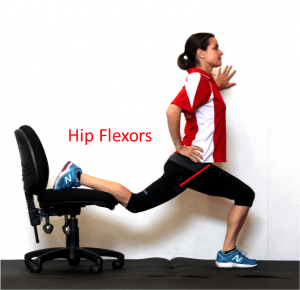
Lower back: Tight lower back muscles can cause pain and worsen a tilted pelvis, stretch these muscles by bending forward and opening up the spine while your upper body hangs freely. If your hands hit the floor, bend your elbows and fold your arms up.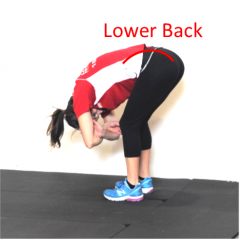
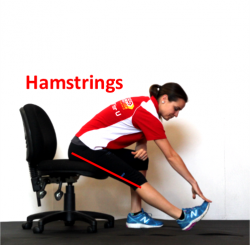
Hamstrings: Even though the hamstrings are hip extensors, because the knee is usually bent in a sitting position, the hamstrings may also be tight and contribute to lower back pain. Stretch these muscles by keeping your leg straight and reaching for your toes.

